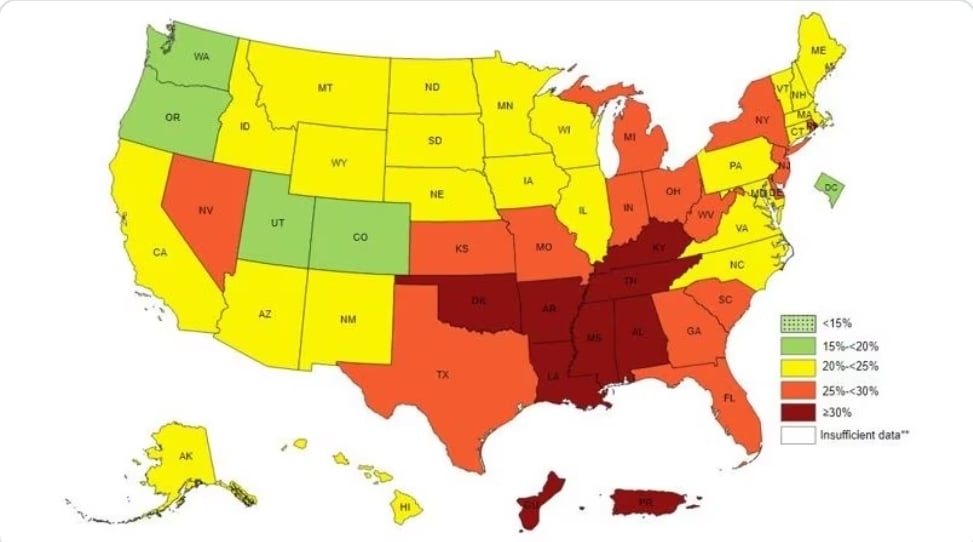
Alright, but dismissing the study as “pretty much bullshit" based on a quick read-through seems like a huge oversimplification. Using canonical syllables as a measure is actually a widely accepted linguistic standard, designed precisely to make fair comparisons across languages with different structures, including languages like Japanese. It’s not about unfairly favoring any language but creating a consistent baseline, especially when looking at large, cross-linguistic patterns.
And on the syllable omission point, like “probably” vs. “prolly," I mean, sure, informal speech varies, but the study is looking at overall trends in speech rate and information density, not individual shortcuts in casual conversation. Those small variations certainly don’t turn the broader findings into bullshit.
As for the bigram approach, it’s a reasonable proxy to capture information density. They’re not trying to recreate every phonological or grammatical nuance; that would be way beyond the scope and would lose sight of the larger picture. Bigrams offer a practical, statistically valid method for comparing across languages without having to delve into the specifics of every syllable sequence in each language.
This isn’t about counting every syllable perfectly but showing that despite vast linguistic diversity, there’s an overarching efficiency in how languages encode information. The study reflects that and uses perfectly acceptable methods to do so.




Perhaps, but to be clear, that’s on The Economist, not the researchers or scholarship. Your criticisms are valid to point out, but they aren’t likely to be significant enough to change anything meaningful in the final analysis. As far as the broad conclusions of the paper, I think the visualization works fine.
What you’re asking for in terms of methods that will capture some of the granularity you reference would need to be a separate study. And that study would probably not be a corrective to this paper. Rather, it would serve to “color between the lines” that this study establishes.